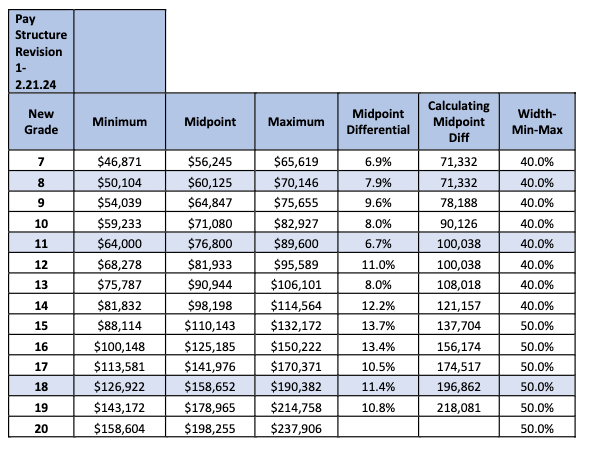As a resort town with extremely high housing and living costs, Park City struggles to recruit employees and once had a position as a mechanic for the municipality go unfilled for more than 400 days.
Since then, an Employee Value Proposition program has helped reduce the time from when most jobs are posted and a candidate accepts an offer to 60 to 90 days, according to Sarah Mangano, Park City human resources director.
The goal of the program, which was launched two years ago, is to improve Park City’s ability to attract, retain, engage and produce a competitive and motivated workforce. The city currently has 360 full-time employees.
Initiatives introduced by the municipality’s human resources team include a new quarterly performance review program, enhanced health care benefits with network expansion, increased employee recognition through a new online recognition and tracking system and modernized recruitment and job advertisement processes to reduce the time to fill positions.
In addition, the city hired NFP, a benefits consultant, to study compensation for its employees. The study results were used to set fiscal 2025 salaries.
Components of an Employee Value Proposition typically include compensation and benefits, time off and flexibility in how work gets done, career flexibility and a focus on improving workers’ skills, and the mission and culture of an organization, according to Aon, a professional services firm that acquired NFP in April.
A staff report says that “while a common practice in the public sector, these programs are somewhat unique in public organizations and help to differentiate employers competing for employees in a challenging local labor market.”
Park City has used professional compensation studies in the past to determine compensation rates. The last study before NFP’s was conducted in 2019 by Mercer, and it determined Park City was well behind the market and without a valuable or strategic compensation strategy, according to the report.
The Mercer study established individual pay for the city’s 160 unique positions and the city established a compensation philosophy of paying a little above the market mid-point. The COVID pandemic delayed the implementation of the study’s recommendations until fiscal 2021, when inflation skyrocketed and the job market became hypercompetitive, the report says.
The Park City Council has implemented cost-of-living adjustments in three consecutive years — 10.33% in July 2022 for fiscal 2023; 5.5% in July 2023 for fiscal 2024; and 2.25% this month for fiscal 2025 — to help combat inflation and wage competition. But despite the adjustments, Park City and Summit County continue to face challenges in retaining and recruiting talented professionals, the staff report says.
The NFP salary study includes data from 40 Utah cities and counties, resort communities across the country and the private sector and used cost-of-living calculators to produce comparable data between the respondents and Park City. The findings showed a “significant” geographic economic difference between Park City and the other cities.
The information helped create salaries that are now more proportional to the high cost of living in Park City and market competitors, the staff report says.
NFP created 14 “salary bands” that house more than 160 types of jobs and show the minimum and maximum paid to employees within a job level. A separate band was set up for police officers, who are in a hypercompetitive market, the report says.
“The 14 bands also accounted for internal and external equity, such as having all administrative assistants in the same salary grade/band instead of several different bands for the same position and duties,” the staff report says.
The City Council voted unanimously on June 20 to approve the budget for fiscal 2025, which began Monday. The councilors also approved an ordinance that set Mayor Nann Worel’s wages at $53,862, a slight increase from her fiscal 2024 salary of $52,806, and their wages at $27,824, up from $27,278.
Mangano said pay is the most tangible piece of the effort to attract and retain workers but other factors — such as vacation policies, healthcare enhancements and tuition reimbursement — have paid off.
“I don’t think one thing pulls the lever,” she said. “It’s everything in conjunction.”

